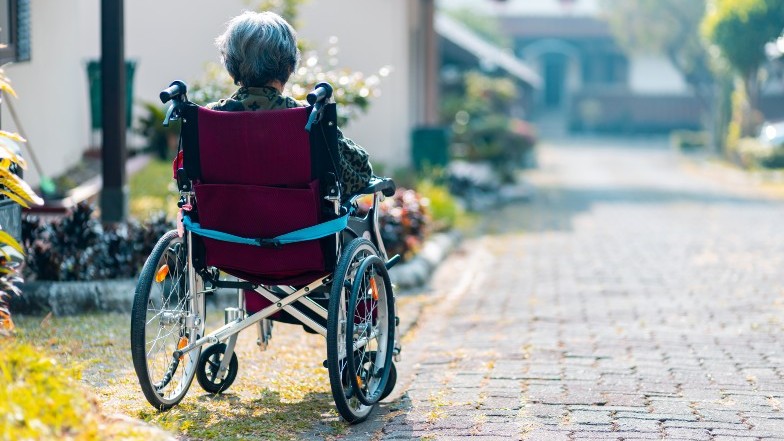The ALS patient journey


Amyotrophic lateral sclerosis (ALS) is the most common form of motor neuron disease (MND). ALS is a progressive neurodegenerative disease, and the fast onset of increasingly severe symptoms after diagnosis can be devastating.
The Motor Neuron Disease Association (MNDA) is a UK charity that aims to improve care and support for people with motor neuron diseases such as ALS, along with their families and carers. They campaign for faster access to life-changing equipment and government funds for patients, funds for research and connecting patients with online forums. They also offer patients grants, a helpline called ‘MND Connect’ and host a large portfolio of conferences and masterclasses to help them manage important ALS symptoms.
For ALS patients and their families, the information, support, and sense of community that the MNDA offers are invaluable. Nick Goldup is the Director of Care Improvement at the MNDA, responsible for coordinating the care and support services that the charity offers to patients. He also sits on the board of the National Wheelchair Alliance and represents the UK MNDA organisation at the Global MND Alliance annual symposia.
What is the current process for diagnosing patients with ALS?
Nick Goldup: Well, if we start right at the beginning, for people that get diagnosed with ALS it’s a death sentence. But firstly, patients will struggle to get a diagnosis. There isn’t a biomarker or a blood test, instead, you have to rule out other causes of your symptoms. So, you visit your doctor presenting with a foot drop or maybe your speech has become slurred. That will be the start of ALS, but your doctor will want to rule out other things, for example, Parkinson’s disease or multiple sclerosis. That makes it really difficult to get a diagnosis.
The second battle is to raise awareness of ALS. Most GPs won’t see a case of ALS more than once in their career, so they are not vigilant of the symptoms. At the MNDA, we have tried to raise awareness with a ‘red flag’ tool to make GPs and other healthcare professionals more aware of the symptoms.
Our recent survey showed 28% of the people that died from MND during the last three years saw two or more healthcare professionals before being referred to a neurologist, and 15% of people diagnosed in the last few years will wait more than one year before being referred to a neurologist after first seeing a GP. They get bounced around.
What sorts of symptoms do ALS patients tend to present with?
NG: This is where it differs from person to person. If you were to sit in a clinic and see five people, they would all probably present very differently.
When I visited my first ever clinic, the first lady I saw was in a wheelchair - she couldn’t walk but she could talk. The second person couldn’t talk at all but walked in. The third person had what they call flail arm, so they’d lost all the ability to use their arms but then walked in and could talk.
We categorise the symptoms of ALS into four groups: bulbar, which includes slurred speech; dysphagia (difficulty swallowing); limb features including muscle wastage; muscle twitching and cramps; and respiratory symptoms, including shortness of breath and fatigue. There are also cognitive changes, such as behavioural and emotional deviations and sometimes dementia.










